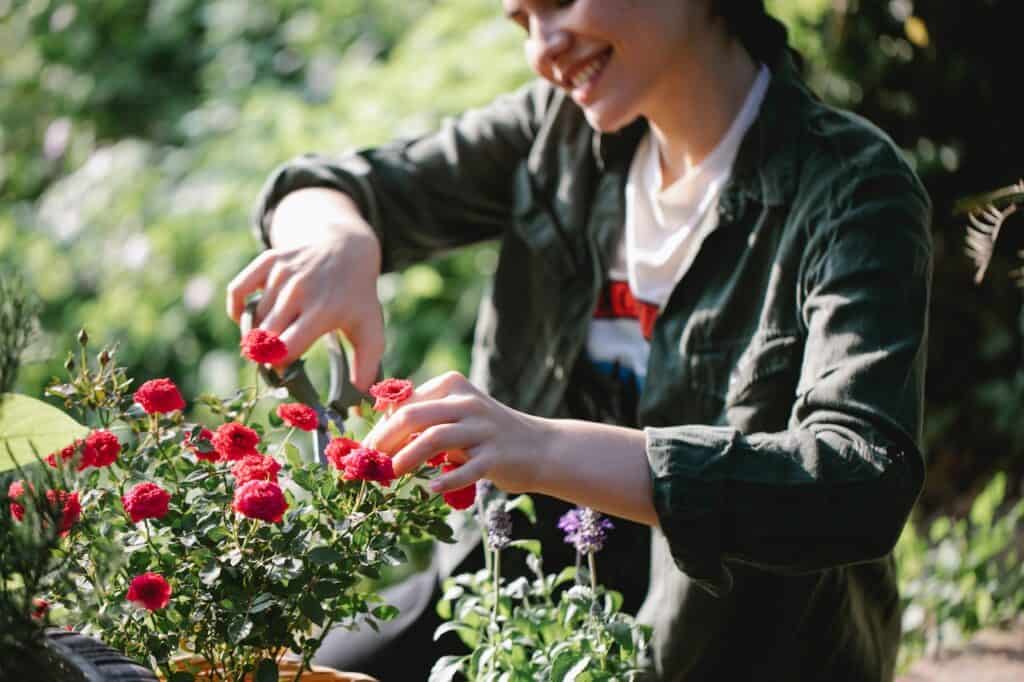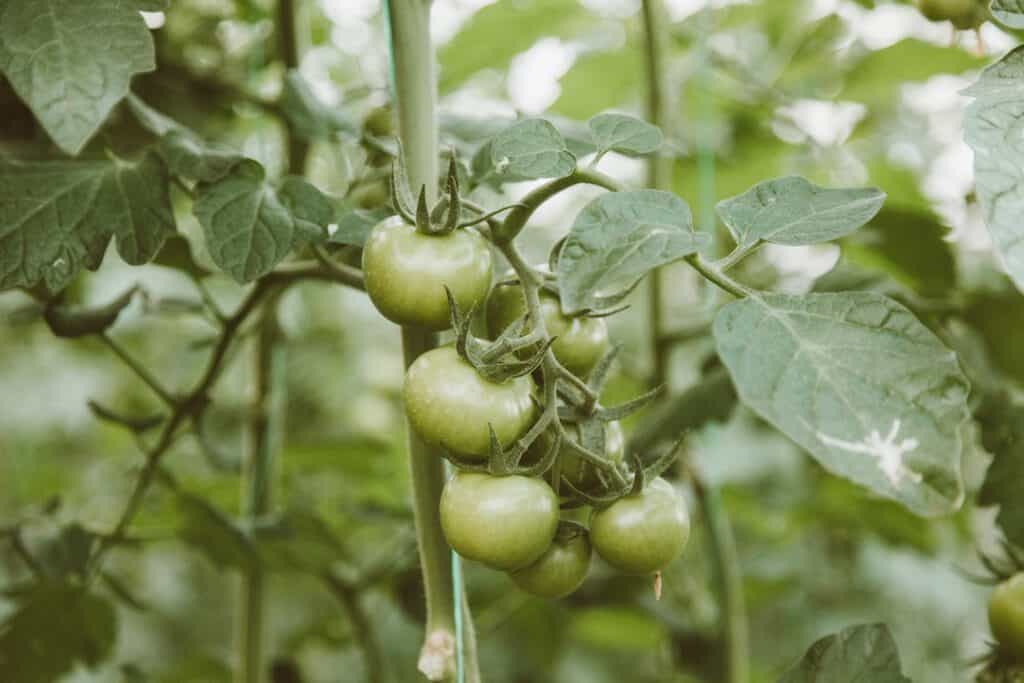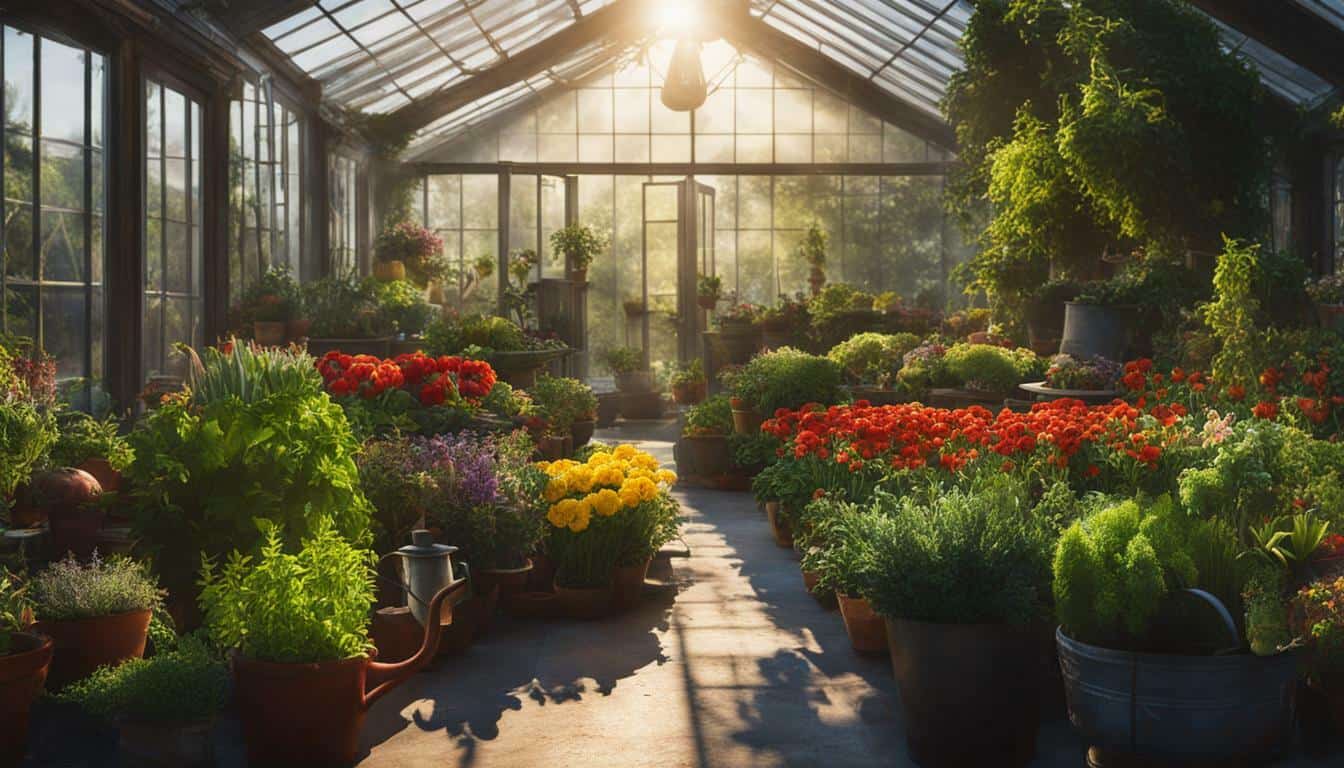Welcome to the fascinating world of horticulture! In this beginner’s guide, we will delve into the basics of horticulture and discover the secrets to nurturing thriving plants. If you’re looking to improve your gardening skills and become a green thumb, you’ll find the following sections informative and helpful.
Key Takeaways:
- Choosing the right plants based on sunlight and temperature requirements is crucial for plant health.
- Assessing your care style will help determine which types of plants are best suited for you.
- Proper watering techniques and finding the right balance between over-watering and under-watering is vital.
- Understanding each plant’s sunlight requirements is essential for healthy growth.
- Beginner-friendly plants such as Sansevieria and succulents/cacti are forgiving and allow for learning and making mistakes.
1. What is Horticulture?
Horticulture is derived from the Latin words “hortus,” meaning garden, and “cultura,” meaning cultivation. It encompasses a wide range of activities including:
- Ornamental Horticulture: Growing and arranging flowers and ornamental plants.
- Olericulture: Growing vegetables.
- Pomology: The cultivation of fruits.
- Floriculture: Specializing in cut flowers, potted plants, and bedding plants.
- Landscape Horticulture: Designing, constructing, and maintaining landscapes.
2. Importance of Soil
Soil Types
Understanding the type of soil you have is the first step in successful horticulture. Soil types include:
- Sandy Soil: Drains well but lacks nutrients.
- Clay Soil: Nutrient-rich but poor drainage.
- Loamy Soil: Balanced in nutrients and drainage.
Soil pH
The pH level of the soil is also crucial. Most plants prefer a neutral to slightly acidic soil. You can use a soil testing kit to determine the pH level and amend the soil as needed.

3. Plant Nutrition
Plants require a variety of nutrients, classified as:
- Macronutrients: Nitrogen (N), Phosphorus (P), and Potassium (K).
- Micronutrients: Iron, copper, zinc, etc.
Fertilizers often come labeled with an N-P-K ratio that indicates the proportion of these macronutrients.
4. Horticulture Techniques
Plant Propagation
- Seeding: Growing plants from seeds.
- Cuttings: Using a segment of a parent plant to grow a new plant.
Pruning
Cutting back plants not only maintains their shape but also encourages healthy growth.
Hydroponics
Growing plants in a nutrient-rich water solution rather than soil.
5. Plant Diseases and Pests
Understanding common diseases and pests can save your garden. Look out for:
- Mildew
- Aphids
- Root Rot
6. Tools and Equipment
Essential tools for horticulture include:
- Trowel
- Pruning Shears
- Hoe
- Watering Can

7. Sustainable Practices
Adopting sustainable practices like composting, rainwater harvesting, and organic farming can make your horticultural activities more eco-friendly.
Choosing the Right Plants for Your Environment
One of the key factors in successful horticulture is choosing the right plants that will thrive in your specific environment. Horticulture tips include assessing your environment based on factors such as sunlight and temperature requirements to determine which plants will be suitable for your home or garden.
In regions with hot summers, it is crucial to choose plants that can tolerate high temperatures and direct sunlight. Some plants, like succulents, are well-suited for these conditions. Cooler climates may require plants that can survive colder winters and may need more water, like ferns and evergreens.
Your own care style is also an important consideration when selecting plants. Different plants have different water and sunlight needs, so it is important to choose plants that align with your care routine. Forgetting to water your plants or watering them too often can be detrimental to their health. Proper watering techniques, including using a pot with drainage holes and watering until the moisture starts to drip out, can help prevent overwatering.
Providing the right amount of sunlight is also essential for plant health, with most houseplants thriving in bright indirect sunlight. However, it is important to monitor your plants for signs of too much sunlight, such as wilting or browning leaves, and make adjustments accordingly.
Overall, taking the time to choose the right plants for your environment can ensure a successful and thriving garden. Plant care tips, including proper watering and monitoring for signs of sunlight damage, can help your plants flourish in their new home.
8. Conclusion
Horticulture is a rewarding practice that offers endless possibilities for growth—both for the plants and the gardener. With a little time, effort, and knowledge, anyone can become a successful horticulturist.
So grab your gardening gloves and trowel, and get ready to dig into the world of horticulture!
FAQ
Q: How do I choose the right plants for my environment?
A: To choose the right plants for your environment, you need to consider their sunlight and temperature requirements. Assess your space to determine the amount of sunlight it receives and the temperature range. Then, research plants that thrive in those conditions.
Q: How do I know if a plant needs more or less water?
A: Checking the soil is a good way to determine if a plant needs water. Stick your finger about an inch into the soil, and if it feels dry, it’s time to water. Additionally, using pots with drainage holes can help prevent overwatering and ensure proper drainage.
Q: How much sunlight do most houseplants need?
A: Most houseplants prefer bright indirect sunlight. This means placing them near a window where they can receive bright, filtered light. Avoid placing them in direct sunlight, as it can cause their leaves to wilt or turn brown.
Q: What are some beginner-friendly plants to start with?
A: If you’re new to gardening, consider starting with plants that are known for being low-maintenance. Some beginner-friendly options include Sansevieria, succulents/cacti, Peace Lily, and African Violets. These plants are relatively easy to care for and can help build confidence in your gardening skills.
Q: Where can I find expert gardening advice and inspiration?
A: Garden Wisdoms is a great resource for expert gardening advice, tips, and inspiration. They cover various gardening topics, from basic techniques to advanced plant care and pest control. You can find in-depth articles, an online community, and a photo gallery for inspiration on their website.
Q: Is it cost-effective to grow my own organic produce?
A: Growing your own organic produce can be cost-effective and rewarding. By growing your own fruits, vegetables, and herbs, you can save money on grocery bills and have the satisfaction of knowing exactly how your food was grown. Organic Gardening for Beginners: The Keys to Unlock Your Green Thumb in 21 Days offers a guide to get started on your organic gardening journey.
What Are Some Horticulture Basics I Can Use to Get My Garden Ready?
Looking to get your garden ready? Start by preparing the soil through regular tilling and adding organic matter like compost. Choose suitable plants based on your region’s climate and sunlight conditions. Plan proper spacing and water the plants adequately. Regularly remove weeds, and consider using mulch to retain moisture and suppress weed growth. Don’t forget to provide necessary support for climbing plants if needed.
Source Links
- https://plantcareforbeginners.com/articles/houseplants-101-how-to-get-a-green-thumb
- https://www.thededicatedhouse.com/unleash-your-inner-green-thumb-unlock-the-secrets-of-gardening/
- https://www.amazon.com/Organic-Gardening-unlock-green-thumb/dp/B08CP93DCZ
- https://www.goodreads.com/book/show/185115522-growing-green-thumbs
- https://www.amazon.com/Gardening-Basics-Beginners-ebook/dp/B007TQKMXI
- https://www.provenwinners.com/learn/right-plant-right-place
- https://www.canr.msu.edu/resources/a_guide_for_the_selection_and_use_of_plants_in_the_landscape_e2941
- https://extension.okstate.edu/fact-sheets/basic-plant-care-understanding-your-plants-needs.html





Leave a Reply